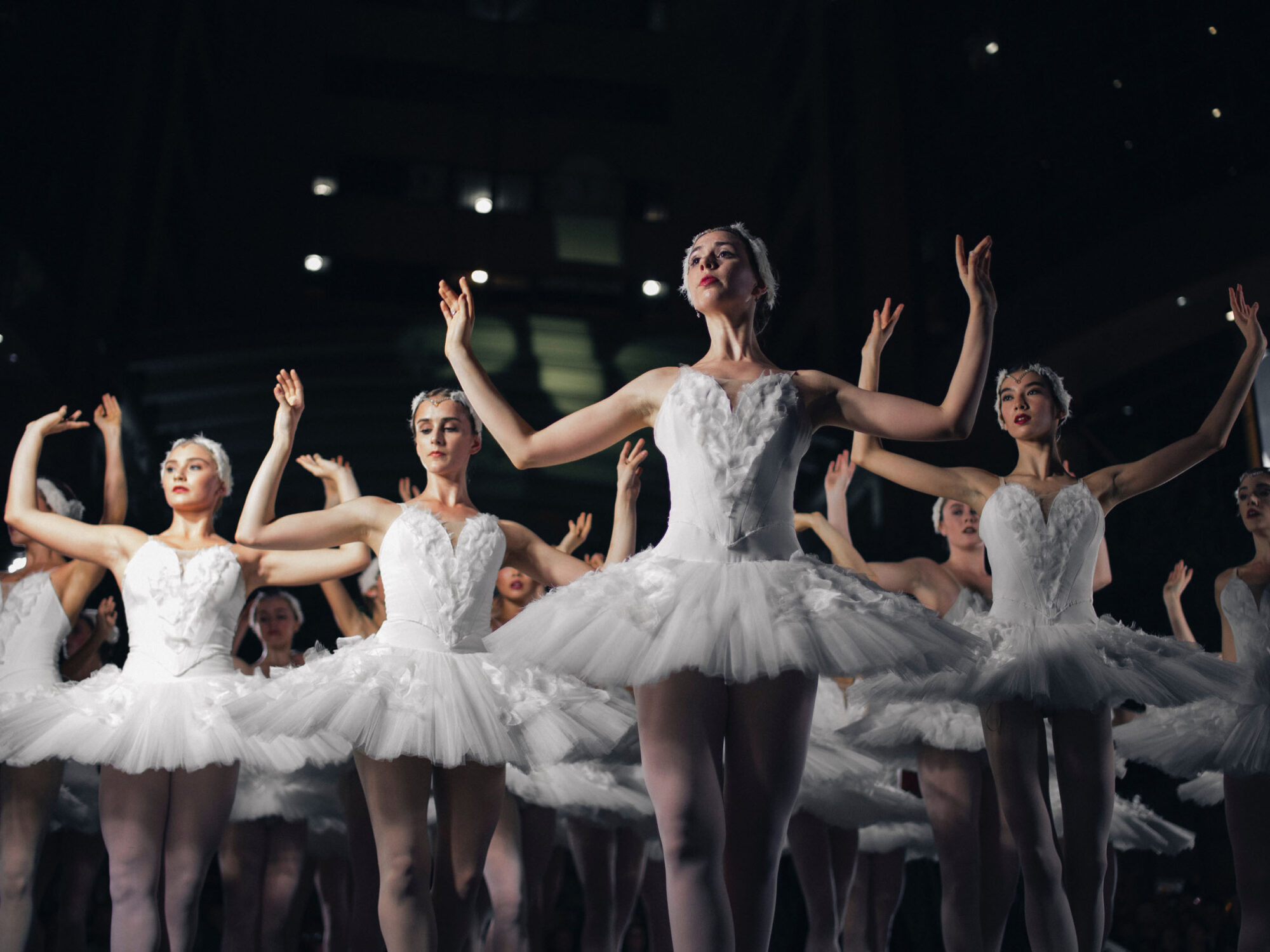We’ve curated a list of professional resources, articles and factsheets designed to help dance teaching and business practice.
Resources


We’ve curated a list of professional resources, articles and factsheets designed to help dance teaching and business practice.